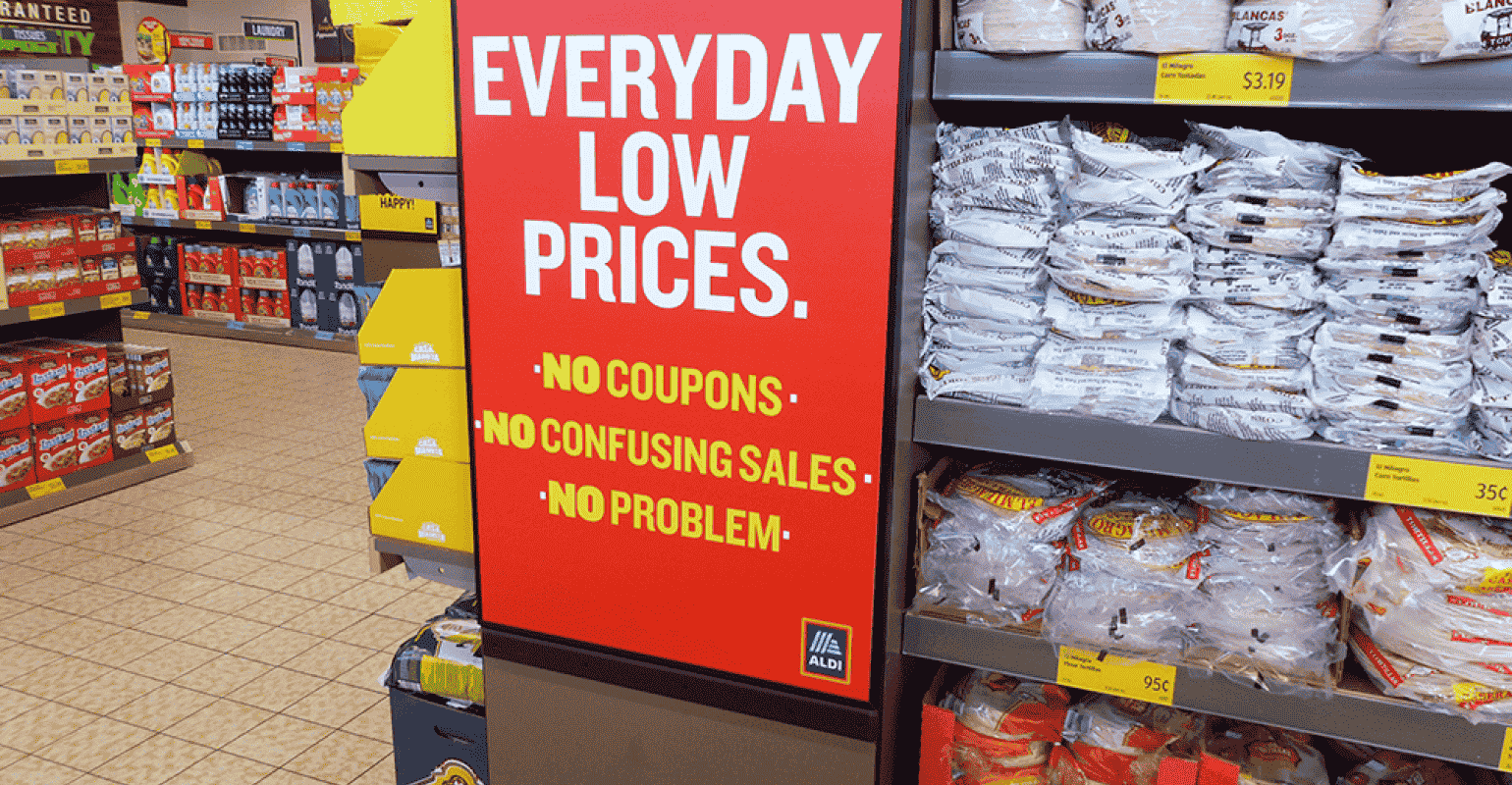Why SNAP Cuts Threaten Discount Retailers’ Revenue?
Discount retailers such as Dollar General, Burlington, and Big Lots are facing a potential slowdown in sales due to the recent end of emergency food stamp benefits, also known as SNAP benefits.SNAP offers aid for purchasing food to households with low income in the United States, and a significant number of recipients opt to buy groceries from discount retailers to maximize the value of their money. With rising food prices and the loss of extra pandemic-related benefits, SNAP recipients are expected to slow their spending in other areas, leading to a decline in revenue for discount retailers.

Before the pandemic, Go Banking Rates reported that around 12% of their food and beverage sales, both online and in stores, came from SNAP beneficiaries, according to research conducted by IRI. Emergency SNAP allotments resulted in SNAP shoppers contributing to 19% of the growth in food and beverage retailer sales during the first year of the pandemic. However, with overall SNAP benefits expected to decline 7% this year compared to last year, discount chains that rely on SNAP recipients for a significant portion of their revenue may find it challenging to sustain their business without outside support.
READ ALSO: Emergency SNAP Cuts Threaten to Deepen Poverty in Rural America
Bargain retailer Grocery Outlet had the highest exposure to SNAP, about 15% of total sales in 2021, according to Goldman Sachs analysts. Other companies with high exposure include Walmart, Family Dollar, Kroger, and BJ’s Wholesale Club. While it is possible that the revenue lost due to SNAP cuts can be regained through sales to more affluent consumers who are now shopping at discount stores to mitigate the impact of inflation, there are concerns among retail professionals that discount retailers may experience a decline in SNAP-related sales due to their narrow profit margins.
In a letter to Congress, Stephanie Johnson, who serves as the vice president of government relations for the National Grocers Association, expressed her concerns about the challenges discount retailers in rural areas may face due to the loss of SNAP revenue. Johnson pointed out that these retailers operate on very thin margins, making it difficult for them to generate capital and maintain their businesses without external support.
Overall, the end of emergency food stamp benefits has left discount retailers worried about a potential slowdown in sales, particularly in rural communities. With overall SNAP benefits expected to decline this year, discount chains that rely on SNAP recipients for a significant portion of their revenue may face challenges in sustaining their business without outside support. As inflation continues to rise and economic conditions remain uncertain, discount retailers must adapt to changing consumer behavior and find new ways to attract customers.
READ ALSO: March 2023 SNAP Benefits: How to Prevent Cuts This Month





